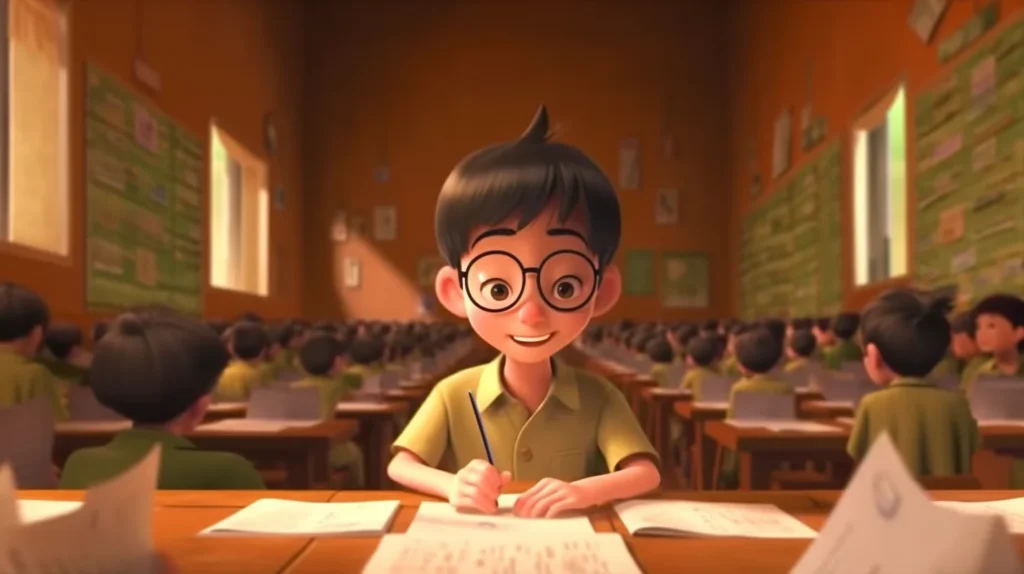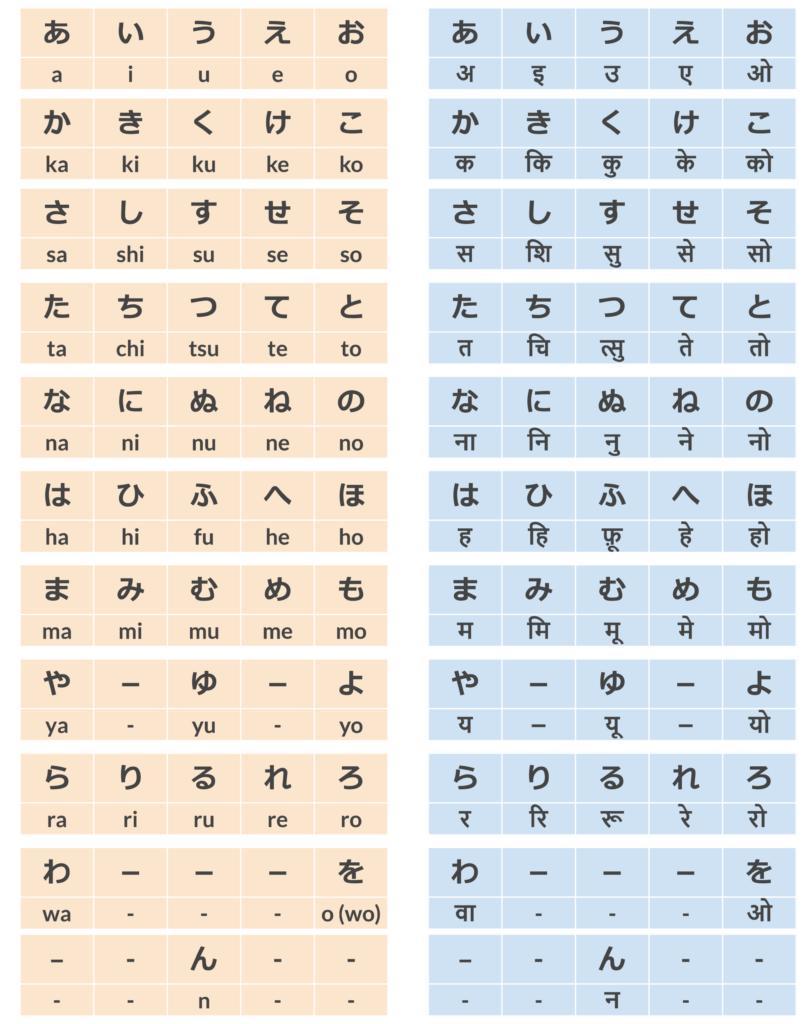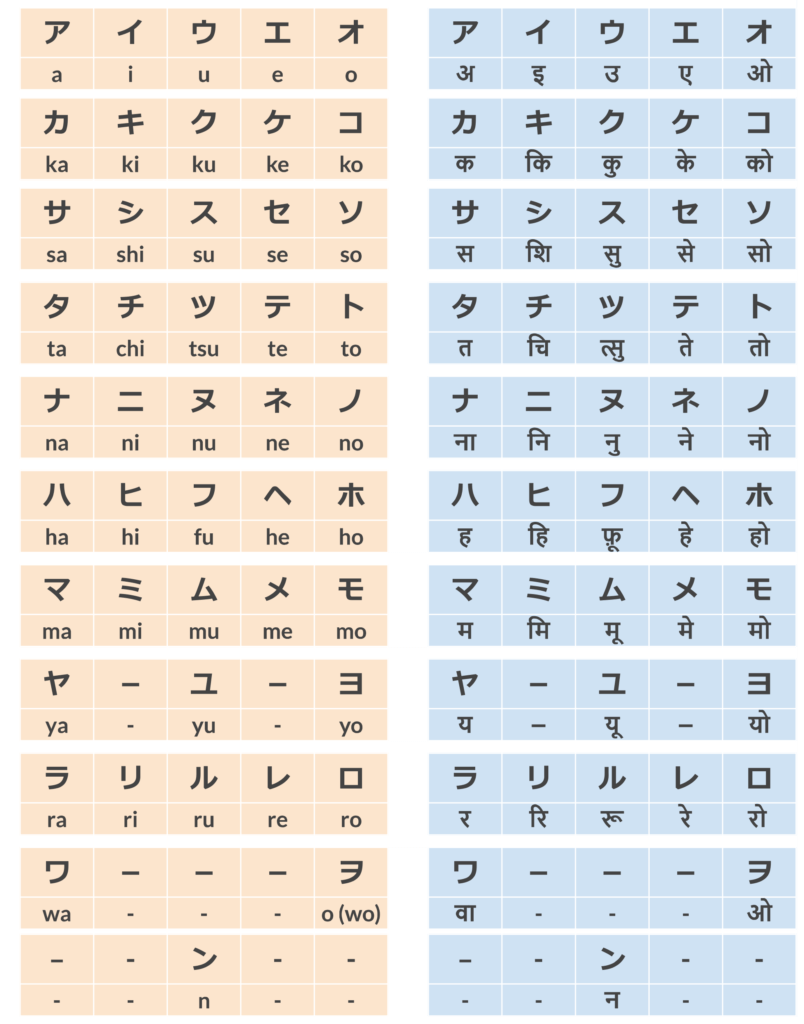Learning Hiragana and Katakana is essential for mastering Kanji and reading Japanese because they serve as the building blocks of the language, helping us understand grammar, particles, and native words, while also allowing us to read and write words that lack Kanji equivalents.
हिरागाना और काताकाना को सीखना जापानी में कान्जी को समझने और पढ़ने के लिए आवश्यक है, क्योंकि ये भाषा के निर्माण के आधार रूप में काम करते हैं और हमें व्याकरण, अव्यय, और जापानी भाषा के शब्दों को समझने में मदद करते हैं, साथ ही उन शब्दों को पढ़ने और लिखने में भी मदद करते हैं जिन शब्दों की कान्जी नहीं बन सकती।

Hiragana
Hiragana is one of the basic writing systems in Japanese and consists of 46 characters. Each character represents a syllable and is used to write native Japanese words. Hiragana characters have a more rounded and cursive appearance compared to the other scripts. It’s commonly used for verb conjugations, particles, and native Japanese words that don’t have Kanji equivalents.
46
5
10 days
Revision
100%

Katakana
Katakana is one of the three writing systems used in the Japanese language. Similar to Hiragana, it consists of 46 characters, each representing a specific sound. However, Katakana is primarily used for a different set of purposes. The characters have a more angular and straight appearance compared to Hiragana.
काताकाना जापानी भाषा में उपयोग होने वाले तीन लिपि प्रणालियों में से एक है। हिरागाना के समान, यह 46 अक्षरों से मिलकर बना हुआ है, प्रत्येक अक्षर एक विशिष्ट ध्वनि को प्रतिनिधित करता है। हालांकि, काताकाना प्राथमिक रूप से विभिन्न उद्देश्यों के लिए उपयोग होता है। इन अक्षरों का हिरागाना के मुकाबले अधिक कोणीय और सीधी दिखने की विशेषता होती है।
46
5
10 days
Revision
100%

